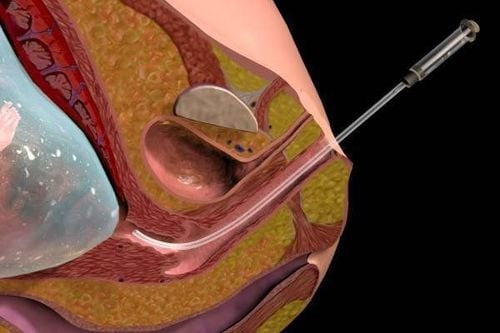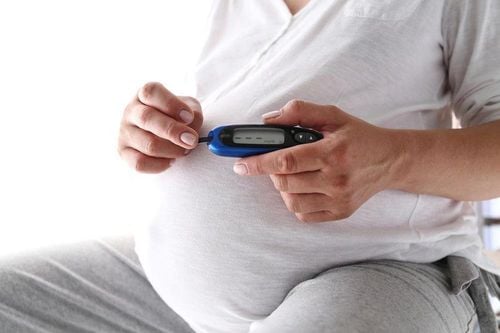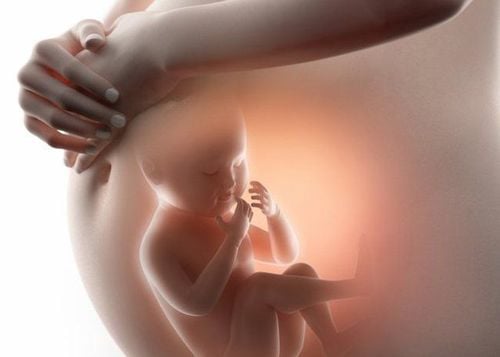This is an automatically translated article.
The article is professionally consulted by Master, Doctor Nguyen Thi Hong On - Department of Obstetrics and Gynecology - Vinmec Phu Quoc International General Hospital.The placenta has the function to ensure the fetus's survival, metabolism and endocrine role so that the mother's body is suitable for pregnancy. Abnormalities of the placenta will reflect quite clearly the abnormalities of the fetus. The chorionic villus sampling test is one of the invasive tests that gives highly accurate results.
1. What is a chorionic villus biopsies?
Chorionic Villus Sampling (CVS) is a technical operation applied in obstetrics: Taking a sample of cells is the chorion that surrounds the embryo, also known as the chorion, to conduct analysis and find chromosomal abnormalities, such as trisomy 21 causing Down syndrome in the fetus.2. When is a chorionic villus biopsy indicated?
Not every pregnant woman is indicated for a chorionic villus biopsy. A chorionic villus biopsy is indicated when:Test results by other methods (eg, nuchal translucency ultrasound, noninvasive screening test - NIPT ) are at-risk for acquisition. Down syndrome or other suspected chromosomal problem Both spouses carry a recessive disorder such as: cystic fibrosis or sickle cell anemia Wife and/or husband have certain genetic disorders (eg. For example: Thalassemia ) The mother has previously given birth to a baby with a genetic abnormality, the risk of the abnormality occurring again is quite possible. birth defects. Diagnostic ultrasound detects the fetus with a number of malformations: cleft lip and palate, heart defects, kidney structural abnormalities, dilated ventricles.
3. How is a chorionic villus biopsy done?
The chorionic villus sampling test is the removal of a small amount of placental tissue from the mother's uterus. The placental sample is obtained with a needle or catheter through the abdomen. During this procedure, the woman is numbed to relieve pain and relieve stress. After the procedure, you may experience light vaginal bleeding. The risk of miscarriage with a chorionic villus biopsy is about 1 in 500, which means 1 in 500 women who have it will have a miscarriage. Therefore, before performing prenatal diagnostic tests, pregnant women will be consulted about the benefits as well as the disadvantages that the test brings.
Xét nghiệm sinh thiết gai nhau là lấy 1 ít mô bánh nhau từ tử cung của người mẹ
4. The right time for a chorionic villus biopsy
A biopsy of the placenta is performed at 12-14 weeks of gestation, with a favorable placental position, before the amniotic sac fills the uterine cavity.Notes after performing chorionic villus sampling:
After performing chorionic villus sampling, pregnant women can go home immediately but need to avoid heavy labor and avoid sex for about 3 to 4 days. In case a pregnant woman finds amniotic fluid leaking, vaginal redness or cramping increases every now and then, at this time, the pregnant woman should go to the hospital immediately because there is a possibility of threatened miscarriage. Monitor the mother's body temperature after the biopsy of the placenta, if there is a fever, it is likely that the pregnant woman has an infection, she needs to go to the hospital to check immediately. It usually takes 7-10 days after the procedure for the results of the chromosomal analysis and 2-4 weeks for the results of a genetic disorder. You can consult your doctor if you have any questions about the test results.
Please dial HOTLINE for more information or register for an appointment HERE. Download MyVinmec app to make appointments faster and to manage your bookings easily.













